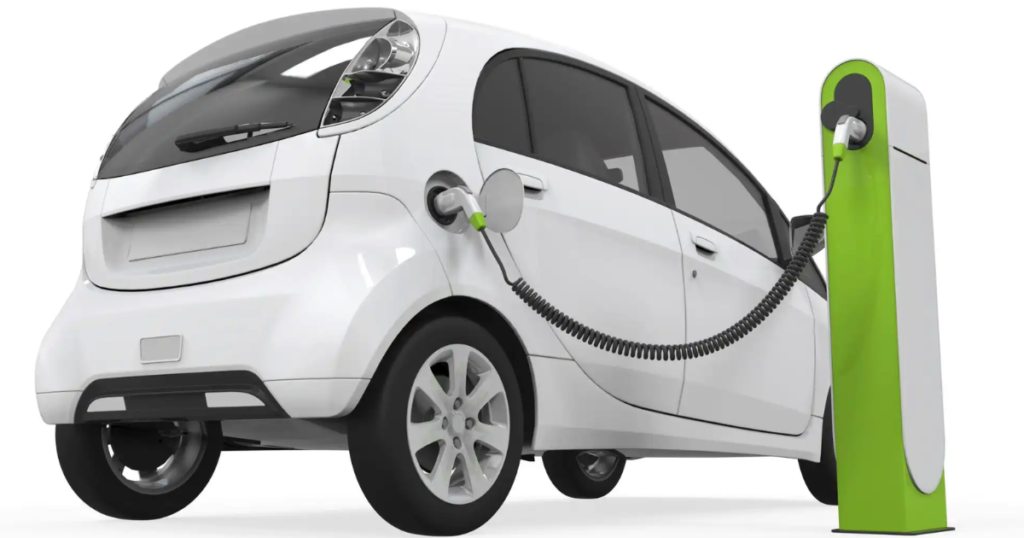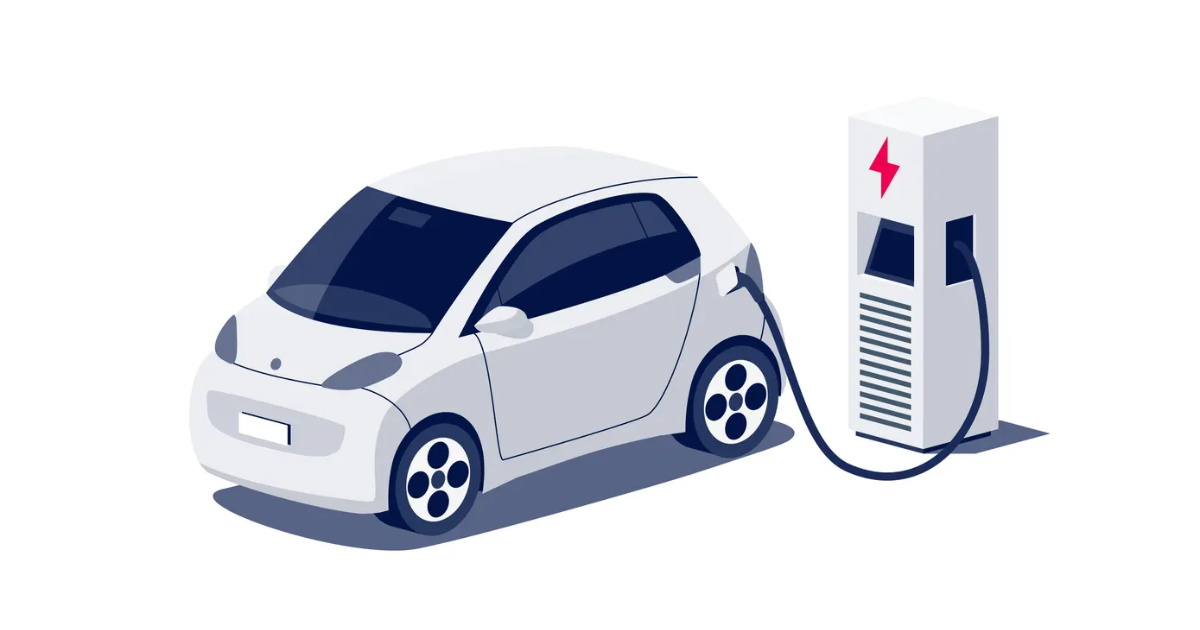Introduction
The rise of electric vehicles (EVs) in the 21st century may seem like a revolutionary step toward sustainability, but the concept of electric cars is far from new. EVs were once the dominant form of transportation in the early 20th century, only to be mysteriously sidelined in favor of gasoline-powered vehicles. Many believe this was no accident but rather the result of a calculated effort by powerful corporations and industries. This article delves into the history of electric cars, the forces that worked against them, and the potential conspiracy theories surrounding their disappearance from mainstream markets for nearly a century.
The Early Success of Electric Vehicles
During the late 19th and early 20th centuries, electric cars were considered the future of transportation. Unlike their gasoline-powered counterparts, which were noisy, difficult to start, and emitted foul-smelling fumes, EVs were quiet, easy to drive, and required minimal maintenance. Some of the most popular early electric car manufacturers included Baker Electric, Detroit Electric, and the Columbia Electric Car Company.
By 1912, electric vehicles accounted for about 38% of all automobiles in the United States, compared to 22% for gasoline-powered cars and 40% for steam-powered vehicles. Their popularity was especially high among urban dwellers and wealthy individuals, including notable figures such as Thomas Edison and Henry Ford’s wife, Clara Ford, who preferred driving an electric car over the gasoline-powered Model T.

The Decline of Electric Cars
Despite their early success, electric vehicles began to fade from the market by the 1920s. Several key factors contributed to their decline:
- The Rise of Gasoline-Powered Vehicles: Henry Ford’s introduction of the assembly line in 1913 significantly reduced the cost of producing gasoline-powered cars. The Model T, which initially cost around $850, dropped to $300 by the 1920s, making it affordable for the average American. In contrast, electric cars remained expensive due to battery costs and limited production scale.
- Improved Road Infrastructure: As America expanded its road networks, gasoline-powered vehicles became more practical. Electric cars had a limited range and lacked the infrastructure for long-distance travel. Gasoline stations quickly became widespread, making refueling easy and convenient, while EV charging infrastructure was virtually nonexistent.
- The Oil Boom and Industry Influence: The discovery of vast oil reserves in Texas and other states made gasoline widely available and affordable. The oil industry, led by powerful companies like Standard Oil, had a vested interest in promoting gasoline-powered vehicles over electric alternatives.
- Battery Limitations: The lead-acid batteries used in early electric cars had limited storage capacity, long charging times, and a short lifespan. Without advancements in battery technology, EVs could not compete with the convenience of gasoline-powered vehicles, which could be refueled in minutes.
- The Role of General Motors and the Streetcar Scandal: A significant event that fueled conspiracy theories about the suppression of electric and public transportation was the General Motors (GM) Streetcar Conspiracy. In the 1930s and 1940s, GM, along with other corporations like Firestone Tire and Standard Oil, systematically bought and dismantled electric streetcar systems in major U.S. cities, replacing them with gasoline-powered buses. Many speculate that a similar effort was made to stifle the electric car industry to protect the interests of the oil and automotive industries.
The EV1 and the 20th Century Suppression of Electric Cars
The theory of a great electric car conspiracy gained even more traction in the late 20th century with the rise and fall of General Motors’ EV1—one of the first modern electric cars. Released in 1996, the EV1 was a groundbreaking vehicle with a range of up to 160 miles, advanced aerodynamics, and zero emissions. However, despite its popularity among early adopters, GM abruptly discontinued the EV1 program in 2003, recalled all leased vehicles, and destroyed most of them.
The reasons behind GM’s decision remain controversial:
- Oil Industry Pressure: Critics argue that oil companies lobbied against the widespread adoption of EVs, fearing a decline in gasoline sales.
- Internal Conflicts: Some believe that internal divisions within GM led to the project’s demise, with executives preferring to focus on more profitable gasoline-powered SUVs.
- California’s Zero Emissions Mandate: The California Air Resources Board (CARB) had introduced a mandate requiring automakers to produce a percentage of zero-emission vehicles. However, after intense lobbying from the auto and oil industries, the mandate was weakened, reducing the incentive for companies like GM to continue producing electric cars.
This event was later explored in the 2006 documentary Who Killed the Electric Car?, which argued that multiple forces—corporate greed, government inaction, and consumer misinformation—worked together to suppress the EV market.
The Resurgence of Electric Cars
Despite decades of suppression, electric cars have made a strong comeback in the 21st century. The introduction of lithium-ion battery technology, advancements in renewable energy, and growing concerns about climate change have reignited interest in EVs. Companies like Tesla, Rivian, and Lucid Motors have revolutionized the industry, while traditional automakers like Ford, GM, and Volkswagen are now investing billions in electric vehicle development.
Governments worldwide are also pushing for EV adoption, with some countries setting deadlines for banning new gasoline-powered cars. As battery costs decrease and charging infrastructure expands, electric cars are poised to become the dominant mode of transportation once again.
Conclusion: Was There Really a Conspiracy?
While concrete proof of a large-scale conspiracy remains elusive, there is substantial evidence that powerful interests played a role in slowing down the adoption of electric vehicles in the 20th century. Whether it was oil companies, automakers, or government policies, the reality is that electric cars were systematically pushed out of the market for decades. Today, as EVs rise once more, the lessons of the past remind us that technological advancements often face resistance from those with vested interests in maintaining the status quo.
The question remains: How much further along would electric vehicle technology be today if it hadn’t been suppressed in the first place?
